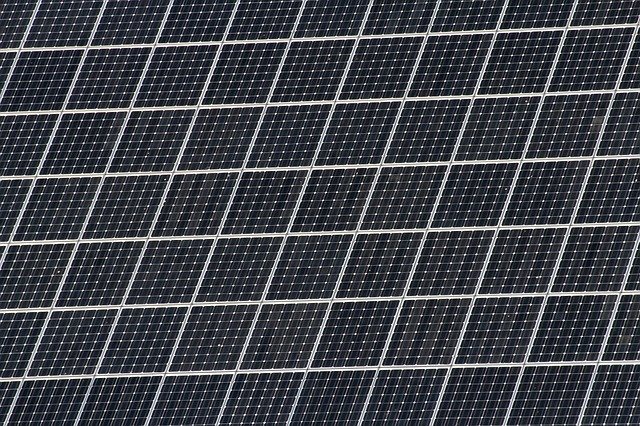As the world’s dependence on sustainable energy grows, so too does the need for efficient, cost-effective solar cells.
About 1.8 percent of the electricity generated in the U.S. in 2019 was from solar power, and that is only expected to increase. In fact, solar is projected to grow faster than any other energy source between now and 2050. Hence the emphasis on efficiency, and in recent months, researchers at the Italian Institute of Technology (IIT) combined two powerful materials — graphene and perovskite-silicon — to improve it by up to 20 percent.
Until now, standard solar cells — composed of pure silicon or a perovskite-silicon combination — had a maximum efficiency of 32 percent. Cost was also an issue, as even the best of the lot had high fees for operation and maintenance, leading scientists to seek viable alternatives.
Enter graphene, which was only discovered in 2004 when researchers peeled tape off a chunk of graphite and examined the atom-thick layer left behind. Since then, graphene has forever changed the production of electric circuits, medical devices and anti-corrosive paint.
Strong and lightweight, graphene is both more flexible and cost-effective than traditional solutions. Perovskite, meanwhile, is a calcium titanium oxide that, when exposed to sunlight, absorbs photons and generates electrical current.
To develop hybrid solar cells, researchers deposited thin-film graphene flakes to the perovskite-based solar cells, which immediately boosted the photovoltaic performance of the cells without altering their absorption of the sun’s rays.
The result? Higher chemical stability and significant cost reduction.
The recent inclusion of graphene has reduced the reflectance of solar rays by 20 percent, leading to the equivalent increase in efficiency.
It is important to note that while pure silicon is adequate for converting sunlight into electricity, it is a poor conductor. That’s why it’s often paired with perovskite to capture sunlight more readily.
In standard perovskite-silicon solar cells, the perovskite top cell is stacked over a silicon base and then pressurized. Used in tandem, the cells reach a power conversion efficiency of 26.3 percent over a small area.
Though the combination achieves relatively high efficiency at a lower cost, perovskite-silicon is considered relatively unstable and difficult to scale.
Though it’s an emergent technology, hybrid graphene and perovskite-silicon cells are poised to completely disrupt the solar energy market. Experts state that it’s just a matter of time before the use of hybrid solar technology enables the commercialization of cost-effective, large-area solar panels.
Researchers noted improvement in virtually all facets of solar cell tech with the inclusion of graphene, improving charge collection, energy generation, and energy transport.
Best of all, the new combination is set to reduce the manufacturing costs of solar cells. The new solar cell serves as the foundation of the European Commission-funded Graphene Flagship Project (GRAPES), which seeks to surpass the infamous 30 percent solar conversion mark while keeping production costs minimized.
After three years of intensive research, the world’s first graphene-based solar farm is being set up in alignment with UN goals for sustainable development in 2020. Keep your eye out for more reliable, effective, and cost-minimized solar panels as they hit the market.

